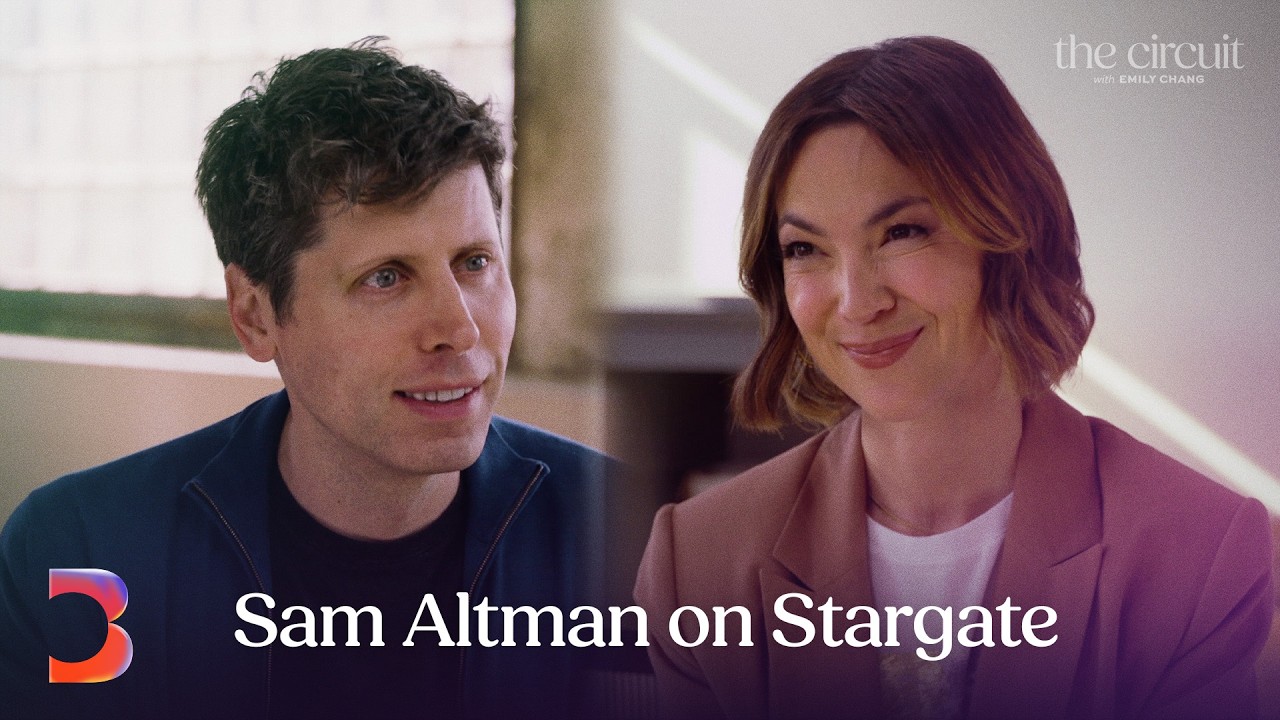Sam Altman discusses the development of OpenAI’s Stargate infrastructure project, driven by the surge in AI demand and global collaborations, highlighting its significance for scaling AI deployment. He also explores the societal impacts of AI, including job displacement and the potential for humanoid robots, emphasizing the importance of preparing society for these transformative changes while remaining optimistic about AI’s future potential.
In the interview, Sam Altman discusses the origins of OpenAI’s massive infrastructure project, Stargate, which was driven by the exponential increase in demand for AI models like GPT-4 and ChatGPT. He explains that initially, the focus was on scaling compute for training models, but it became clear that user demand far exceeded expectations, transforming AI deployment into one of the largest infrastructure efforts in history. Altman highlights collaborations with partners like Microsoft, Oracle, and SoftBank, emphasizing that no single company could meet the supply chain and capital requirements alone, leading to the formation of Stargate as a comprehensive solution.
Altman recounts his global trips to understand the supply chain complexities involved in building such large-scale compute infrastructure. He describes meeting with influential figures like Masayoshi Son to discuss chip manufacturing and data center needs. The name Stargate originated from a data center layout resembling the sci-fi show’s wormhole, symbolizing a futuristic gateway for AI. He also shares how the project was announced at the White House, aligning with President Biden’s focus on infrastructure, and discusses how future data centers will need to be designed to handle the surging inference demand driven by AI applications.
The conversation shifts to the financial aspects, with Altman explaining the ambitious $500 billion investment plan to support AI growth over the coming years. He expresses confidence in OpenAI’s ability to generate significant value from this investment, despite the enormous costs involved. Altman also addresses the competitive landscape, acknowledging the dominance of Nvidia and other players, but emphasizing that OpenAI’s edge lies in its infrastructure and user base, particularly through ChatGPT, which has far more users than any other AI service.
Addressing societal impacts, Altman recognizes that AI will inevitably displace some jobs while creating new opportunities. He emphasizes that technological progress has historically caused such shifts, but the rapid pace of AI development makes this transition more intense and immediate. He discusses the potential of humanoid robots and AI agents to perform human tasks, describing a future where robots might be commonplace, which will feel very sci-fi initially. Altman advocates for honesty about AI’s impact on employment and stresses the importance of preparing society for these changes.
Finally, Altman reflects on the broader implications of AI for humanity and scientific discovery. He admits that the future is unpredictable, comparing it to the unknowns of early physics discoveries. He envisions AI accelerating scientific progress and human understanding, but acknowledges that no one can foresee exactly what lies beyond the “wormhole” of technological advancement. Despite uncertainties, he remains optimistic about the potential for AI to create a better world, emphasizing continuous innovation, efficiency improvements, and the importance of making thoughtful decisions for humanity’s future.
